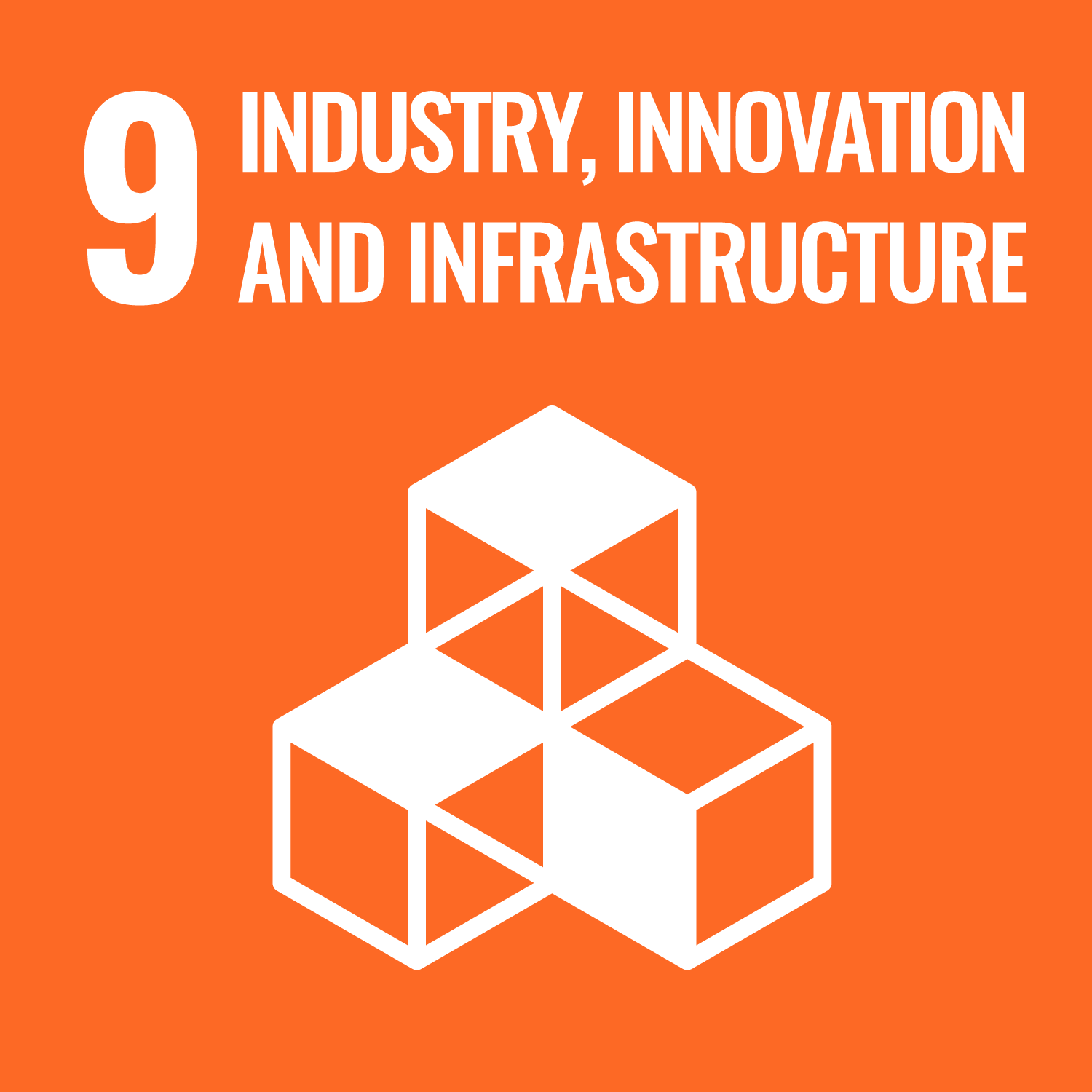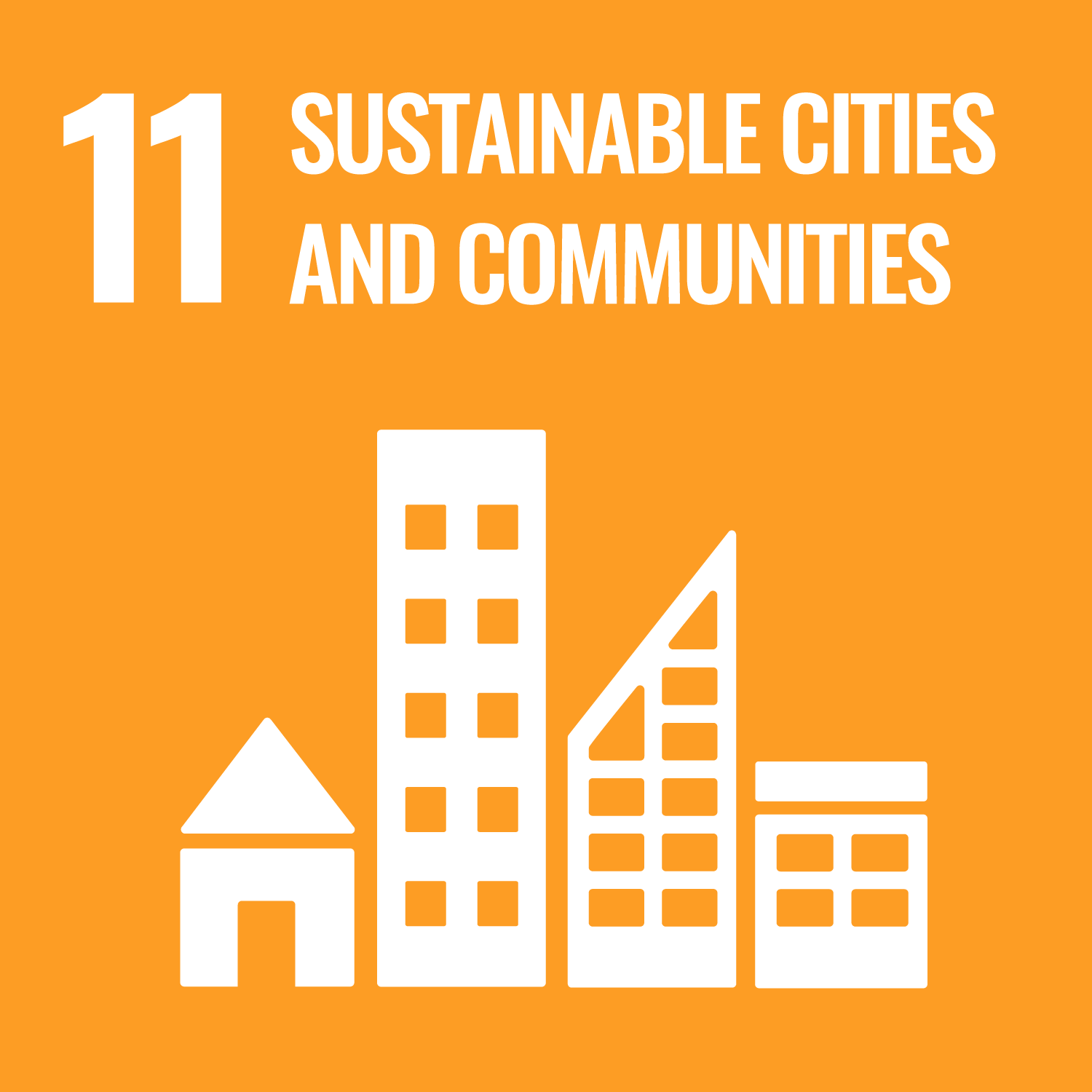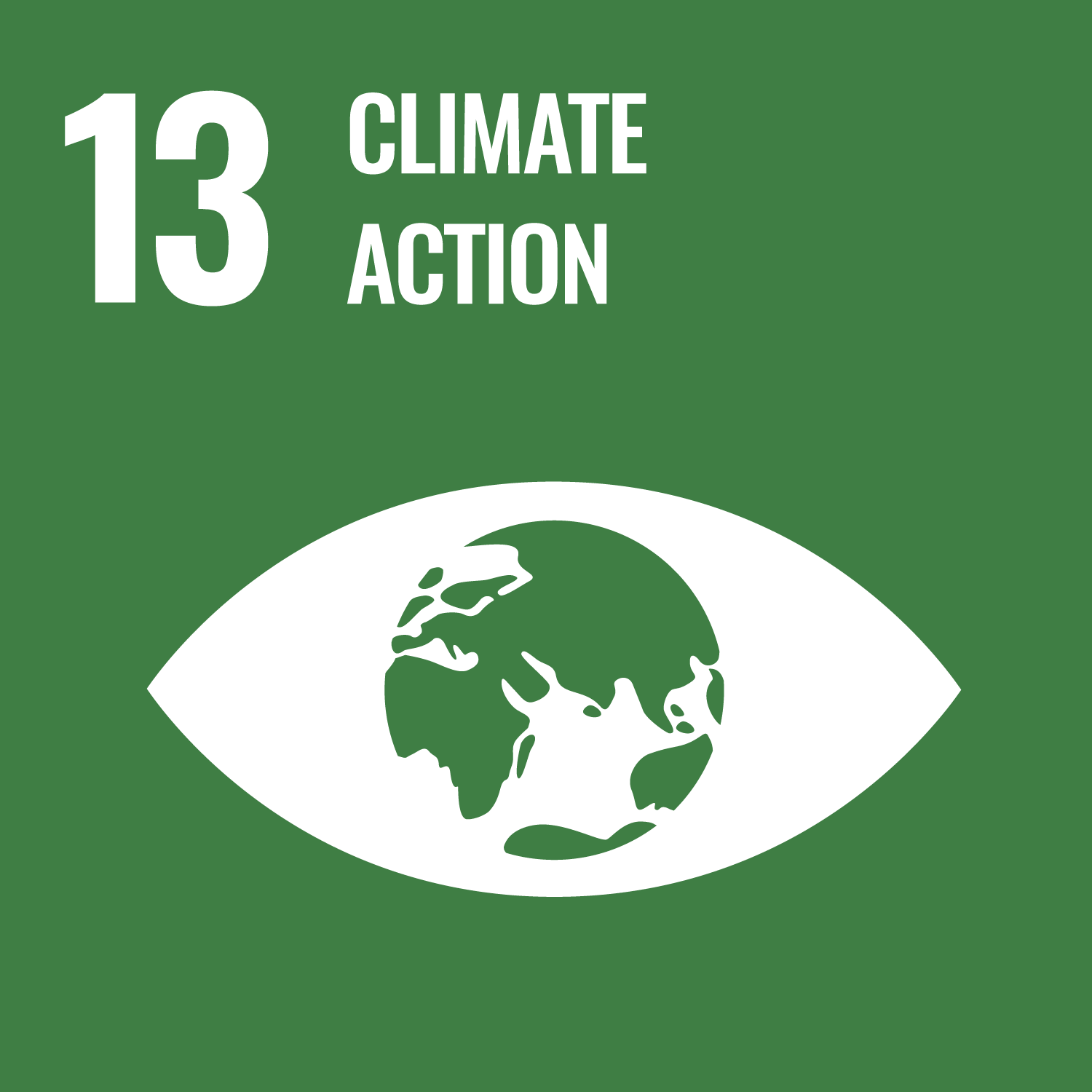Urban and Regional Development



We create livable cities through strengthening the capacity of urban administration and working with various stakeholders, including private sector, academia, and the local community.
By realizing autonomous urban and regional management in which various stakeholders and resources participate, and by contributing to formulate desirable urban and regional spaces in which a continuous development can be enjoyed in a mutually beneficial manner, we aim to realize the new possibilities and wealth of people and society while avoiding and solving various problems caused by urbanization.
Rapid urbanization in developing countries has increased the urban population from 680 million in 1970 (25% urban population ratio) to 5.23 billion in 2050 (66% urban population ratio). While urbanization enriches people's lives through the development of tertiary industries and the creation of new jobs, it also causes various problems, including the degradation of the natural environment and living conditions, traffic congestion, increased disaster risk, social conflicts and deteriorating public security related to widening disparities among residents.
While the impact of the COVID-19 affects socially and economically, there remains a clear difference in economic concentration and employment opportunities between urban and rural areas in developing countries. The trend towards urbanization will remain unchanged in the future. However, the population in African countries will increase and the population in Latin American countries and Southeast Asian countries will peak out and decrease in near future. Therefore, attention should be paid to the trend in each region.
Excessive concentration in central cities is occurring, while the population shifts from rural to urban areas. Due to the lack of economic opportunities and employment in rural areas, the disparities between urban and rural areas are widening. The situation lacks a nationwide, regional perspective in industrial development and infrastructure development, which needs to capture the benefits of globalization.
Geospatial information (G-spatial information) and other digital technologies including big data have transformed the traditional role of maps and planning process. Clarification of land boundaries is the basis for property taxation. Planning various infrastructures by using G-spatial information, ICTs, and big data drastically shortens the traditional way of doing it. Utilization of ICTs contributes to optimize energy consumption in a certain area. However, if we talk about G-spatial information in developing countries for example, there is a lack of uniformity with international location standards, compatibility between maps and location information from multiple agencies, and the development of an environment that allows the use of digital basic maps and high-precision positioning environments. As such, lack of standards, G-spatial information, and basic ICTs is a bottleneck for city DX.
Japan was one of the first countries other than Europe and America to experience modernization, industrialization, and rapid urbanization. In the post-war period, amidst industrialization and urbanization, the country overcame problems such as sprawl, housing shortages and environmental pollution, etc. JICA has a rich experience in formulating development planning, which becomes the sound basis for infrastructure development. In recent years, JICA has been paying more attention to vision setting and formulation of development strategies for cities and regions, with emphasis on public participation, efficient land use and effective development management. JICA's experience in Geospatial information sector, focuses on the preparation of basic maps in cooperation with the Geospatial Information Authority of Japan, the world's highest density electronic reference point network, and the high-precision positioning services provided by the quasi-zenith satellite system MICHIBIKI, in order to provide basic information for development planning, infrastructure/facility location planning, and economic and social activities of people and business.
This cluster “MACHIZUKURI” aims to increase the number of sustainable cities that can realize and sustain green, resilient, and inclusive urban development through the appropriate use of digital and other new technologies.
We intend to achieve the vision of the Global Agenda "Urban and Regional Development" to realize inclusive and livable unique cities and regions by working together with Japanese cities,” and contribute to the achievement of SDG Goal 11 “Create cities where people can continue to live” and the realization of human security, as well as contribute to the revitalization of Japanese cities and regions.
After the arrival of President Sadako OGATA in October, 2003, JICA conducted research on the role of infrastructure in issues such as poverty reduction, human security, and peacebuilding, and compiled and published the report “Research on the Experience and Perspective of ODA on Infrastructure Development in the Developing Countries (2004)[1]”. In this report, we redefined infrastructure from the perspective of “infrastructure for people”, and proposed the people-centered and field-level initiative in Goal Setting, an integrated approach to various urban issues, Pro-Poor project design that links cities and their surrounding areas, the reduction of infrastructure gap.
On the other hand, urban planning and development efforts of JICA in past have focused on city planning that meets the diverse needs of various stakeholders, and we have not explicitly stated the perspective of human security and people centered cities as their objectives.
[1] https://openjicareport.jica.go.jp/360/360/360_000_11769742.html
In establishing the cluster strategy “MACHIZUKURI”, we have set human security as its top goal. The subtitle “Cities for People” was chosen because, going back to the point in 2004, JICA's cooperation will be people-centered and rooted in the field, supporting people's lives and making them more convenient and human-friendly. This is to clearly demonstrate that we will contribute to human security through a comprehensive approach to creating places where people can live more conveniently and humanely, centering people and rooted in the field.
As recognizing the target region as one economic zone, it is required to build supply routes to markets for rural areas, supply chains for industries, and a unity for the national land. In addition, since landlocked countries do not face the sea, they have some difficulties to build relationships with other regions and other continents.
We will tackle to reduce disparities between coastal and inland areas, urban and rural areas, and to ensure equitable distribution of growth and wealth, along with the development of infrastructure such as ports, roads, and power supply.
Create new growth opportunities by providing guidance and planning and improving regional connectivity. The target region will be seen as one economic zone, with initiatives to build supply routes to market for rural areas, supply chains for industry and a sense of unity for the national land.
scroll